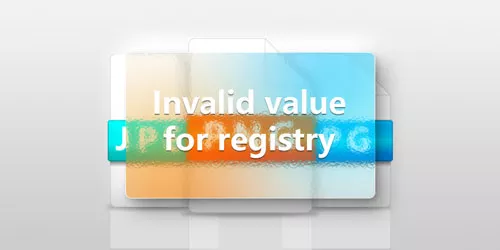What to do if Registry Editing Has Been Disabled By Your Administrator?
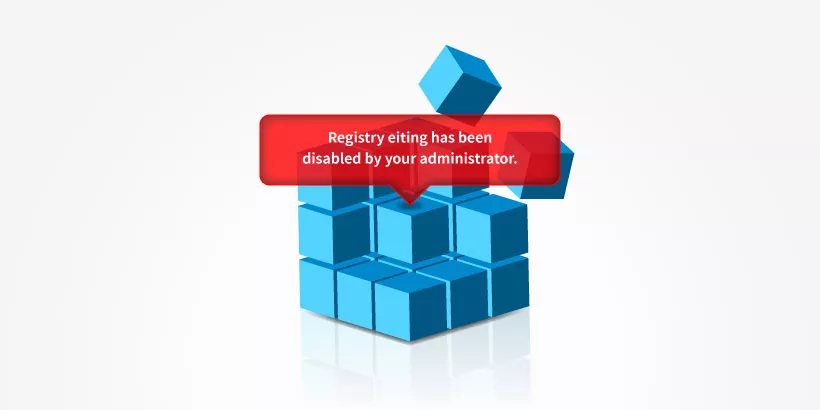
Registry Editor is a useful tool in Windows that allows users to easily change advanced Windows settings by changing registry keys that exist in a hierarchical arrangement called the Windows Registry. When we need to modify the registry information, we encountered the problem of entering the Regedit command but prompted the registry editor has been disabled by the administrator. For this problem, I bring you the following computer prompts registry editing has been disabled by the administrator's solutions.
Solution 1: Via Local Group Policy Editor
Step 1: Use windows+R to open the Run dialog box and type gpedit.msc to open the Local Group Policy Editor.
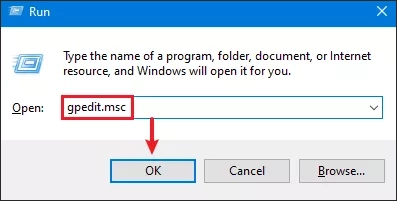
Step 2: Click on User Configuration→Administrative Templates→System, in the settings on the right window find "Prevent access to registry editing tools" and double click to open it.
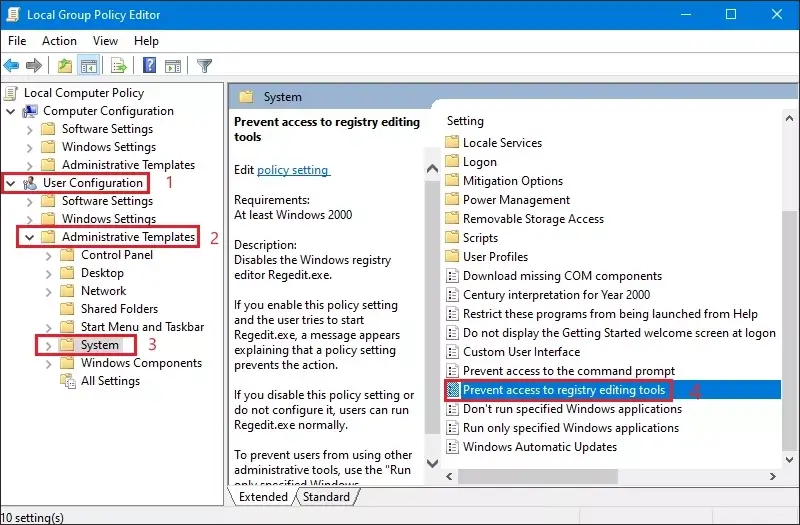
Step 3: Change the "Prevent access to registry editing tools" setting to the "Not Configured" or "Disabled" option, then click "OK" to complete the changes. After completing the changes we come back to the registry and it now opens successfully.
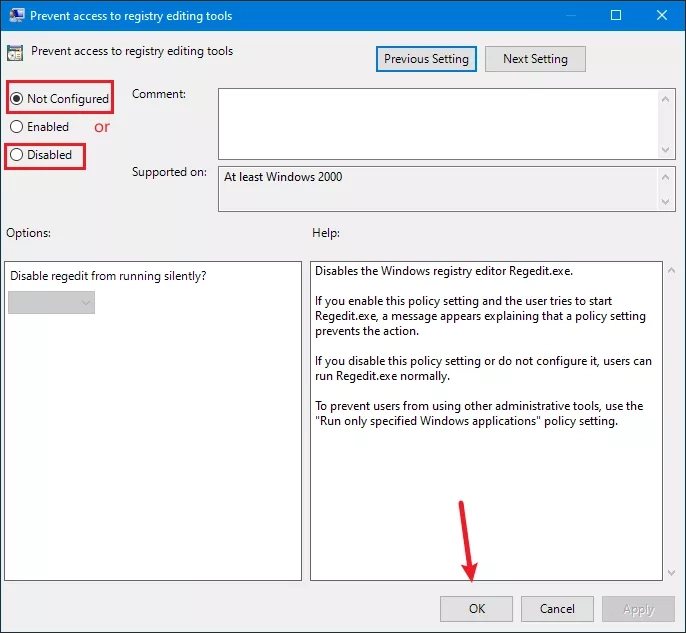
Solution 2: Via running CMD Command
Step 1: Create a new Notepad. Copy the code given below and paste it into Notepad.
reg add "HKCU\Software\Microsoft\Windows\CurrentVersion\Policies\System" /t Reg_dword /v DisableRegistryTools /f /d 0Step 2: Save the file as EnableRegistry.bat. If you are using Windows 10, Windows 8, Windows 7, or Windows Vista, right-click and open Run as administrator. In Windows XP, just open the file. CMD will flash for a second and then disappear. This indicates that the execution was successful.

Step 3: Log out and log back into the registry.
Solution 3: Via Run Window
Step 1: Press the shortcut Windows+R at the same time to open the RUN window. Then copy and paste the following code. Click OK to save the change.
REG add HKCUSoftwareMicrosoftWindowsCurrentVersionPoliciesSystem / v DisableRegistryTools / t REG_DWORD / d 0 / f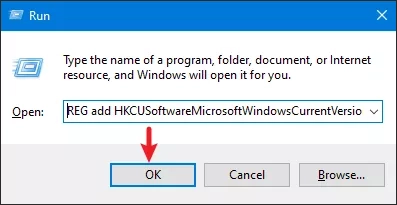
Step 2: Try opening the Registry Editor and see if it is accessible. You may have to restart your computer first.
Solution 4: Via installing inf script
Step 1: Copy this code below into Notepad and save the file as UnHookExec.inf.
[Version]
Signature="$Chicago$"
Provider=Symantec
[DefaultInstall]
AddReg=UnhookRegKey
[UnhookRegKey]
HKLM, Software\CLASSES\batfile\shell\open\command,,,"""%1"" %*"
HKLM, Software\CLASSES\comfile\shell\open\command,,,"""%1"" %*"
HKLM, Software\CLASSES\exefile\shell\open\command,,,"""%1"" %*"
HKLM, Software\CLASSES\piffile\shell\open\command,,,"""%1"" %*"
HKLM, Software\CLASSES\regfile\shell\open\command,,,"regedit.exe ""%1"""
HKLM, Software\CLASSES\scrfile\shell\open\command,,,"""%1"" %*"
HKCU, Software\Microsoft\Windows\CurrentVersion\Policies\System,DisableRegistryTools,0x00000020,0Step 2: Right click on the file and click "install" option to add the script.

Step 3: Once completed, check if the registry can be opened.
Solution 5: Via running the VBS file
Step 1: Copy the code below in Notepad and save the file as Registry Editor.vbs.
Option Explicit
Dim WSHShell, n, MyBox, p, t, mustboot, errnum, vers
Dim enab, disab, jobfunc, itemtype
Set WSHShell = WScript.CreateObject("WScript.Shell")
p = "HKCU\Software\Microsoft\Windows\CurrentVersion\Policies\System\"
p = p & "DisableRegistryTools"
itemtype = "REG_DWORD"
mustboot = "Log off and back on, or restart your pc to" & vbCR & "effect the changes"
enab = "ENABLED"
disab = "DISABLED"
jobfunc = "Registry Editing Tools are now "
t = "Confirmation"
Err.Clear
On Error Resume Next
n = WSHShell.RegRead (p)
On Error Goto 0
errnum = Err.Number
if errnum <> 0 then
WSHShell.RegWrite p, 0, itemtype
End If
If n = 0 Then
n = 1
WSHShell.RegWrite p, n, itemtype
Mybox = MsgBox(jobfunc & disab & vbCR & mustboot, 4096, t)
ElseIf n = 1 then
n = 0
WSHShell.RegWrite p, n, itemtype
Mybox = MsgBox(jobfunc & enab & vbCR & mustboot, 4096, t)
End IfStep 2: Double click to run this file. After running the VBS file, if registry editing is not enabled, try restarting your computer.

Note: You only need to try one or two of these solutions to enable registry editing.


